Text
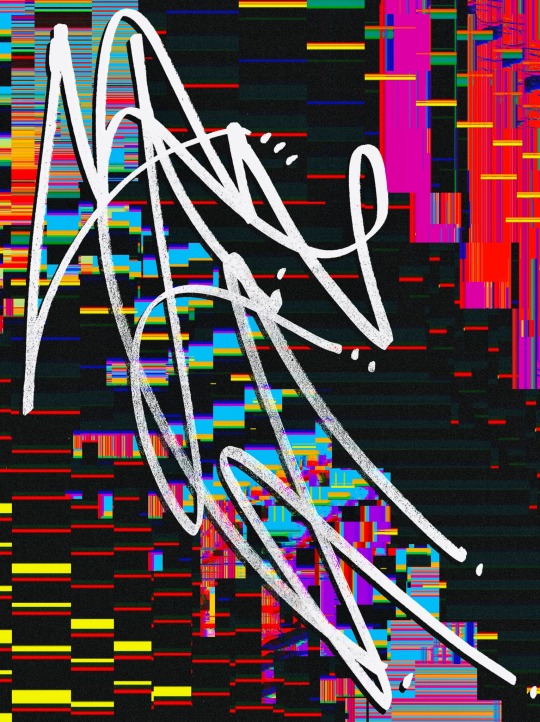
skittering
27 notes
·
View notes
Photo



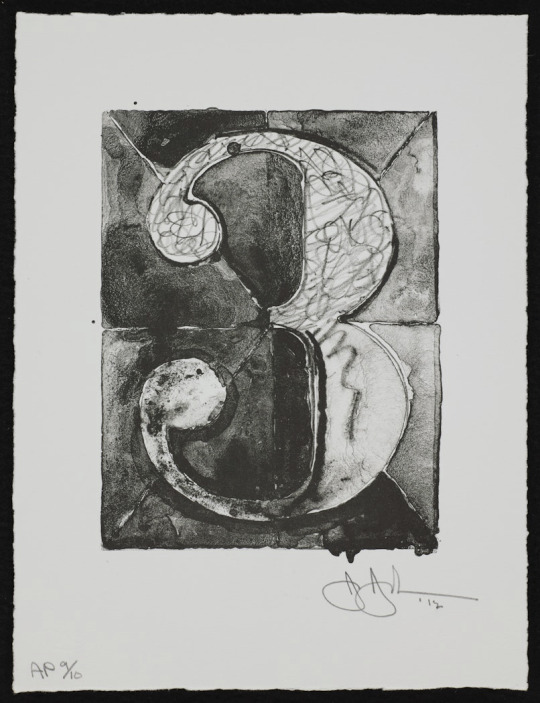
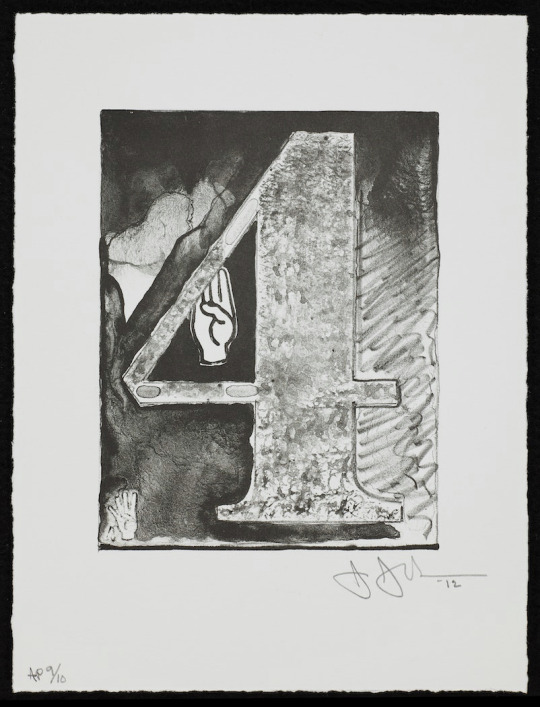
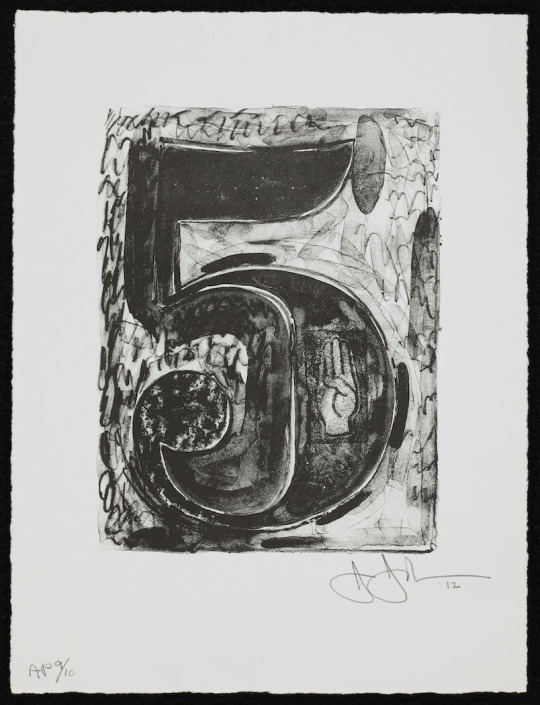

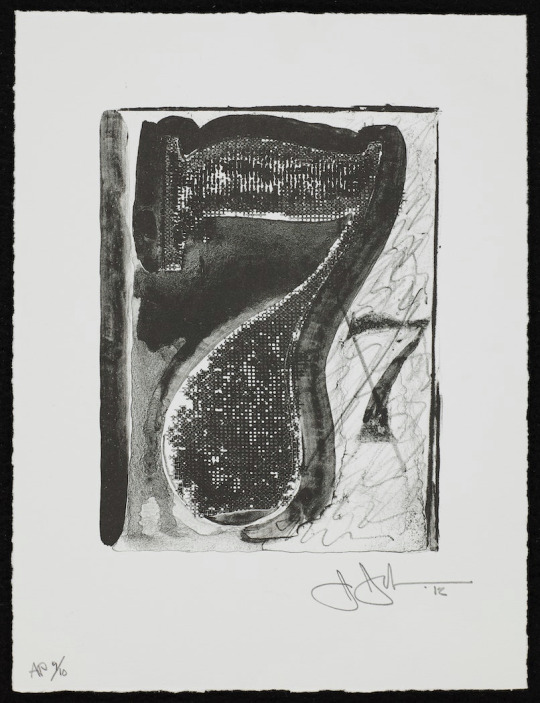


Jasper Johns, 0-9, (lithograph on paper), 2012, Edition of 10 [Walker Art Center, Minneapolis, MN. © Jasper Johns / VAGA at ARS, NY]
72 notes
·
View notes
Text
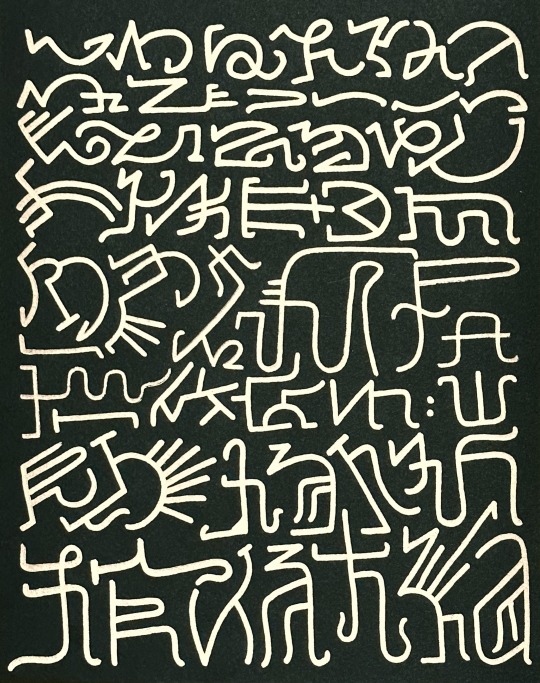
Present Text 15 | The Tumult of the Text
39 notes
·
View notes
Text

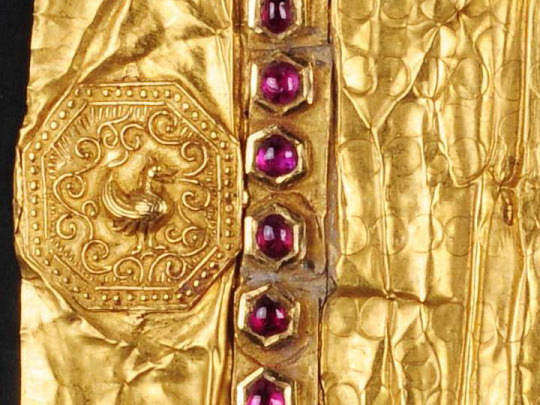
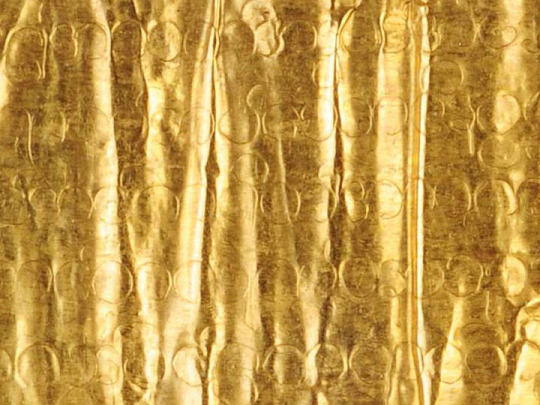
A letter sent by King Alaungpaya of Burma to King George II of Great Britain on May 7, 1756. Information on this and other golden letters can be found at the source link.
#burmese#burmese script#burmese alphabet#royal seal#signet#hamsa#gold#ruby#alaungphaya#george ii#gottfried willem leibniz library#content
2 notes
·
View notes
Text
This looks like something that would interest @drhoz.


Yiddish Books
This image comes from באטאניק אדער דאס לעבען פון פלאנצען : מיט בילדער / פון א.ש. זאקס Boṭaniḳ . oder, Dos leben fun flantsen : miṭ bilder. This English title translates to Botany or the life of plants (1916). The entire text is in Yiddish and is written by A.Ś. Zaḳs. We're not entirely sure what plant or flower this is... can any of our Tumblr friends help us out with translating Yiddish?
219 notes
·
View notes
Text
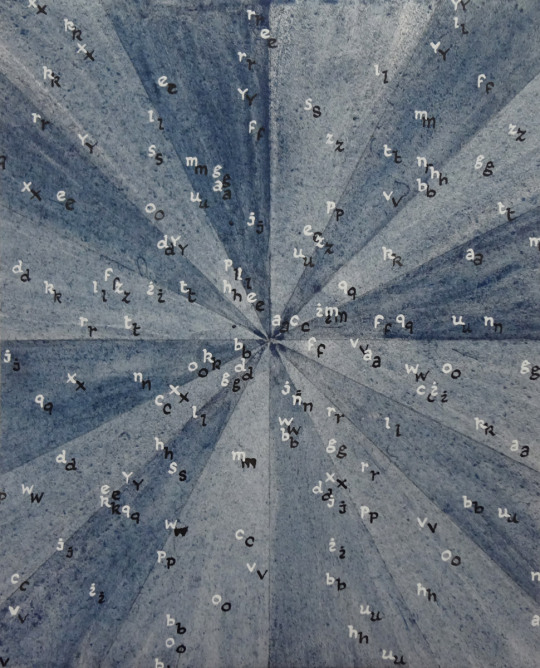
Sergio Cena, Espansione 6 Variazione 8, (mixed media on paper), «Antologia ad hoc», No. 23, 'Fare il punto sulla poesia visuale', 2011 [Fondazione Bonotto, Molvena (VI). © Sergio Cena]
46 notes
·
View notes
Text

Stela of King’s Scribe and General Kasa, adoring Anubis
From tomb of Kasa at Saqqara.
New Kingdom, 19th Dynasty, ca. 1290-1279 BC.
Mediterranean Archaeology Museum, Marseille. N. 243
386 notes
·
View notes
Photo
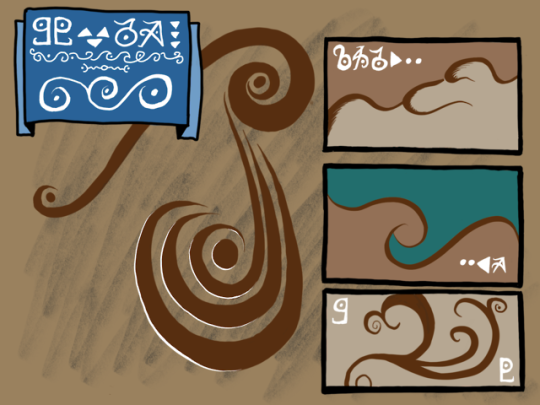
Very honored to announce that “Riddle 93 (Reconstructed),” my new 6-page asemic abstract comics [story], is featured in the brand-new issue of the Court Green online poetry journal, edited by @tonytrigilio & @davidtrinidadpoet! Amazing company to join. This was my first prolonged experimente in creating comics on the iPad Pro. Here’s page one…
6 notes
·
View notes
Photo

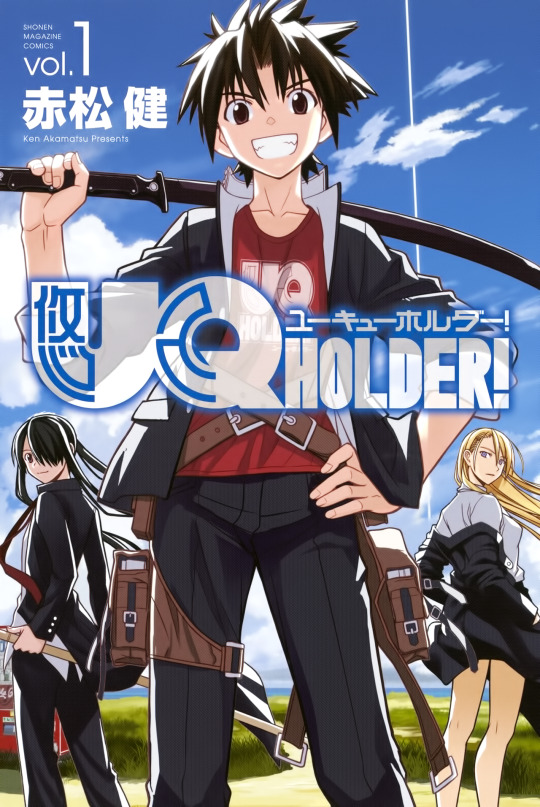

I just love this title design.
#uq holder#ken akamatsu#akamatsu ken#anime#manga#graphic design#title#logo#kana#katakana#kanji#roman alphabet
7 notes
·
View notes
Text

Badge for the coxswain of the Admiralty Barge, by William Lukin 1736-37
Museums catalogue entry: This magnificent gilt and enamelled badge was made to be worn by the coxswain (the pilot) of the Admiralty's river barge. The Thames, which until the early 18th century only had a single bridge across it, was a major thoroughfare for commerce and pleasure. Barges were important, both as a practical means of travel and as splendid ceremonial vessels. The Admiralty were the board responsible for the operation of the Royal Navy and were based in London. Like many other institutions, they kept their own barge for the use of the Lords Commissioners. The barge was decorated with carving and gilding, the watermen who rowed it were furnished with cloaks fixed with silver-gilt badges. State barges remained a common sight on the river until the building of the Thames Embankment rendered their use impractical.
173 notes
·
View notes
Text

Asemic Writing by Cecil Touchon
15 notes
·
View notes
Text

181 notes
·
View notes
Photo

Catalan words in Hebrew letters?
In the Middle Ages, there was a significant Jewish community in many cities and towns of Catalonia. There had been a Jewish community in our country since at least the 6th century, who lived here until the monarchy forced the Jewish people to either convert to Catholicism or leave the country, in the year 1492.
Like the rest of Catalans, the Jewish people spoke the Catalan language. They also learned Hebrew, which they used for praying and for writing. Archives preserve many Medieval documents of the Catalan Jewish people, where we can see when did they use each language:
Hebrew (Hebrew language in Hebrew alphabet) was used for writing everything related to liturgy, prayer, and official documents.
Catalan language in Hebrew alphabet was used for written documents about everyday life, like book entries about purchases and sales, lists, and other ordinary records.
This is known as “aljamiat”, which means a Romance language* written in Hebrew or Arabic letters instead of the Latin alphabet.
*A Romance language is a language that comes from Latin, such as Catalan, Occitan, Italian, Spanish, French, Portuguese, Romanian, Neapolitan, Sicilian, and many more.
Source: Museu d’Història dels Jueus (Jewish People’s History Museum) in Girona, Catalonia.
260 notes
·
View notes
Text

"Glowing Triskelion" by David Buttress.
10 notes
·
View notes
Text
That title design!

Shiten-Myooh aka Shadow Blasters
(1990 - Mega Drive - Sigma Pro-Tech)
#title#logo#graphic design#japanese#kana#kanji#shiten myooh#shiten myouou#shadow blasters#sega#sigma pro tech#video game
53 notes
·
View notes
Text
uhh i didn't post in a long time didn't i
so here's some archaic cyrillic letters i found in wikimedia commons
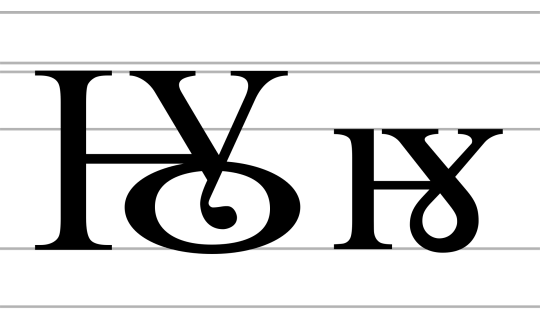
this one is Iotified Monograph Uk, that served the same purpose as Юю does nowadays. it was used in romanian cyrillic in 1838-1846 and 1858 (if we're talking about the ligature specifically) or in 1838-1860 if also we count using two letters as one (ІꙊ іꙋ/Іꙋ іꙋ).
btw i think it would have great potential in conlanging. Using Юю as iotified О and this letter as iotified У seems quite logical to me

(i made this pic myself and i am very proud of it)
This is cyrillic letter Char (not sure if it's the official name tho) that was used in most of Uslar's alphabets for different sounds (e.g. /ʧ’/ in Tabasaran, /ʧ’:/ in Avar and probably /ʧ:/ in Lak). It's derived from the Georgian letter Ch'ari - ჭ, used to represent /ʧ’/.
Quite an unpopular letter, i'd say. It was kinda hard searching information about it, since i couldn't find even some kinda page about it

And that one is Djerv. The only Slavic letter outta these three, the only one that i found in unicode table and not wikimedia commons and also the only one that's actually in unicode.
It was used on early Serbo-Croatian monuments to represent /dʑ/ and /tɕ/, and was also used in Bosančica (bosnian cyrillic) in digraphs ꙉн and ꙉл (which looked more like ꙉɴ and ꙉʌ) to represent /ɲ/ and /ʎ/ respectively.
7 notes
·
View notes
Text

The Cat Conundrum, by Geoff Tristam
140 notes
·
View notes